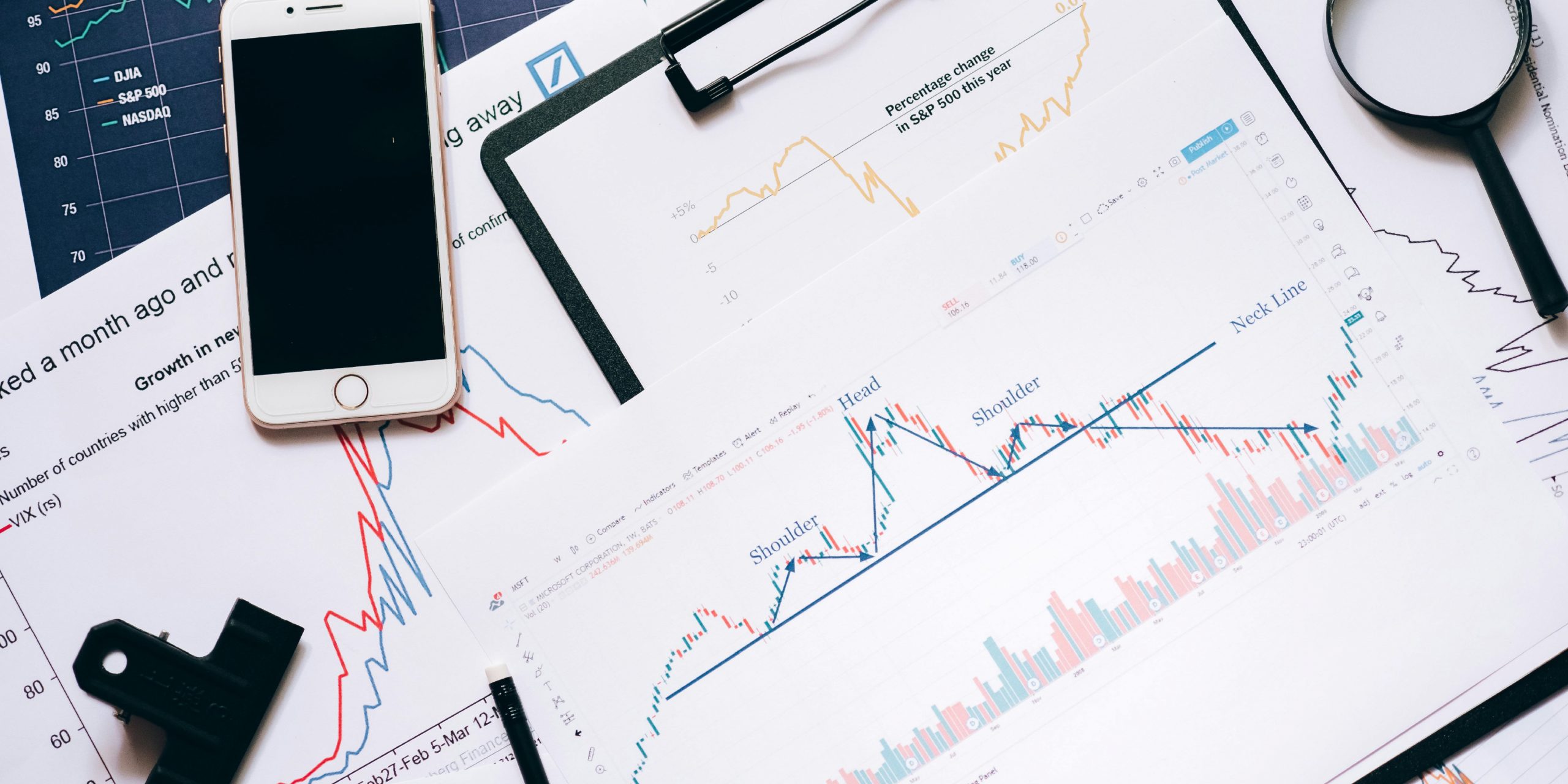
Day trading is a fast-paced, high-stakes pursuit that offers the potential for significant profits, but it also carries considerable risks. Managing these risks is essential for traders to succeed over the long term. Effective risk management helps protect capital, minimizes losses, and allows traders to continue participating in the market even after inevitable setbacks. This article explores the key elements of risk management and why it’s vital for day traders.
Preserving Capital: The Core of Risk Management
The most important goal of risk management in day trading is to preserve your capital. Without proper risk controls, even one or two bad trades can wipe out a significant portion of your account, leaving you unable to trade and recoup losses. Day traders often operate in highly volatile markets, where price swings occur within seconds. Traders expose themselves to unnecessary financial harm without a plan to mitigate risk.
Preserving capital isn’t about avoiding losses entirely but minimizing them. Every trader experiences losses, but those who practice sound risk management ensure these losses are small enough to recover from. By focusing on preserving your trading capital, you maintain the ability to stay in the game and continue trading, even after a string of losing trades.
Setting Stop-Loss Orders
The stop-loss order is one of the most effective tools for managing risk in day trading. A stop-loss order automatically closes a trade once the asset’s price reaches a predetermined level, preventing a small loss from escalating into a significant one. For beginners and experienced traders alike, setting stop-loss orders is crucial for controlling trades and limiting potential damage.
For instance, if you enter a trade expecting the price to rise, but the market moves in the opposite direction, a stop-loss order will close the position before the loss becomes too great. A general rule for stop-loss placement is to set it at a level that reflects the maximum risk you’re willing to take on a given trade—often around 1-2% of your trading capital. This ensures that no single trade can result in a catastrophic loss.
Position Sizing: Managing Risk on Each Trade
Position sizing determines how much capital to allocate to a single trade. It’s an integral part of risk management because it controls the potential impact of any one trade on your overall portfolio. Day traders often risk too much on one trade, hoping for a large gain. However, this strategy increases the likelihood of significant losses if the trade goes wrong.
By using appropriate position sizing, traders can ensure that each trade has a limited impact on their overall account. A common approach is to risk only a small percentage—typically 1-2%—of your total capital on any trade. This way, even if the trade results in a loss, your overall capital remains largely intact, allowing you to continue trading without significant setbacks.
The Role of Risk-to-Reward Ratios
Another critical aspect of risk management is understanding and applying the risk-to-reward ratio. This ratio compares a trade’s potential profit to its potential loss. For example, if a trader is risking $100 to make $300, the risk-to-reward ratio is 1:3. A higher risk-to-reward ratio means that even with a lower win rate, a trader can still be profitable in the long run.
For day traders, it’s essential to target trades with a favorable risk-to-reward ratio, typically aiming for a ratio of at least 1:2 or 1:3. This approach allows traders to offset the losses from trades that don’t work out by ensuring that winning trades provide a higher return than the amount risked. Balancing risk and reward helps create a sustainable trading strategy that can withstand market volatility.
Emotional Control and Discipline
Managing risk isn’t just about numbers and strategies—it also involves controlling your emotions. Day trading can be emotionally taxing, especially when the market moves against you. Fear, greed, and impatience are common emotions that can lead traders to make irrational decisions, such as holding onto losing trades too long or jumping into trades without proper analysis.
Sticking to a predetermined risk management plan is key to maintaining emotional discipline. You reduce the chances of making impulsive, emotion-driven decisions by setting clear rules for how much you’re willing to risk on each trade and where to place stop-loss orders. Following your risk management plan consistently helps you stay calm under pressure and make more rational, calculated trades.
Diversification as a Risk Management Tool
Diversification is another essential component of managing risk in day trading. While many day traders focus on a small group of stocks, forex pairs, or commodities, spreading your trades across different assets can reduce the overall risk to your portfolio. If one asset performs poorly, a diversified portfolio can help mitigate the impact of that loss by balancing it with gains from other investments.
For example, consider adding forex or cryptocurrency trades to your strategy if you primarily trade stocks. By diversifying your trades across different asset classes or sectors, you’re less exposed to the risks associated with any single market or industry. This approach helps smooth out returns over time and reduces the impact of market-specific downturns.
Effective risk management is the cornerstone of successful day trading. By focusing on preserving capital, setting stop-loss orders, using proper position sizing, and maintaining a favorable risk-to-reward ratio, traders can protect themselves from excessive losses. Beyond the technical aspects, emotional discipline and diversification also play key roles in managing risk. Remember, the goal is not to avoid losses altogether but to minimize them, allowing you to stay in the game and build a profitable trading career over time.